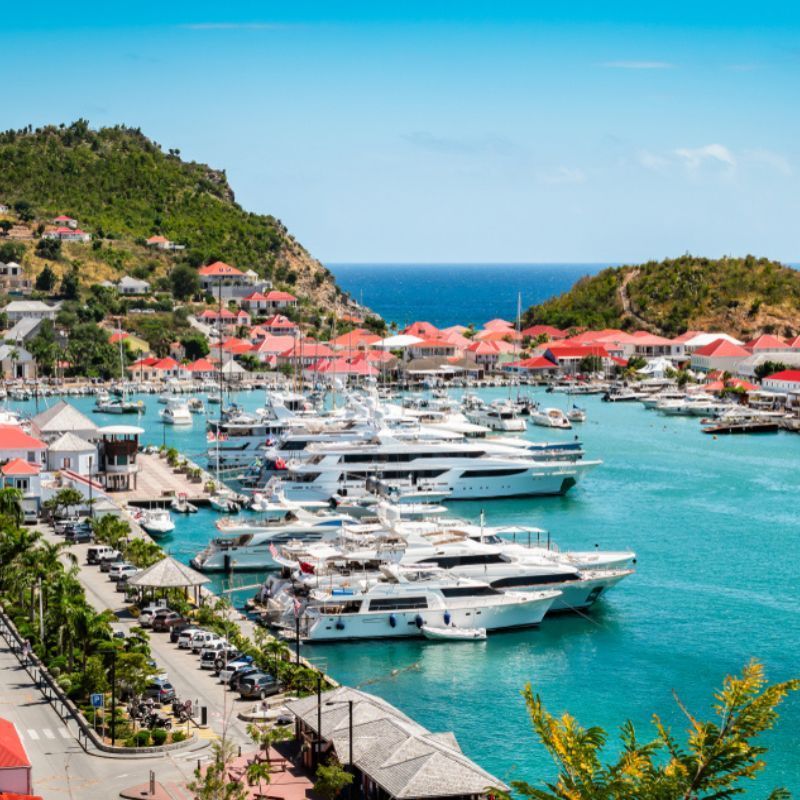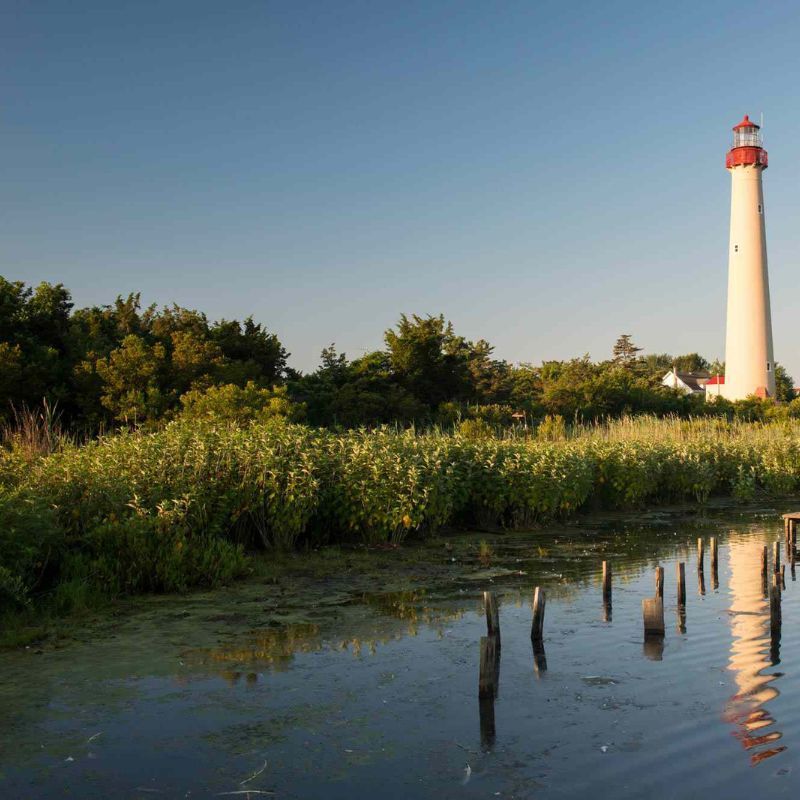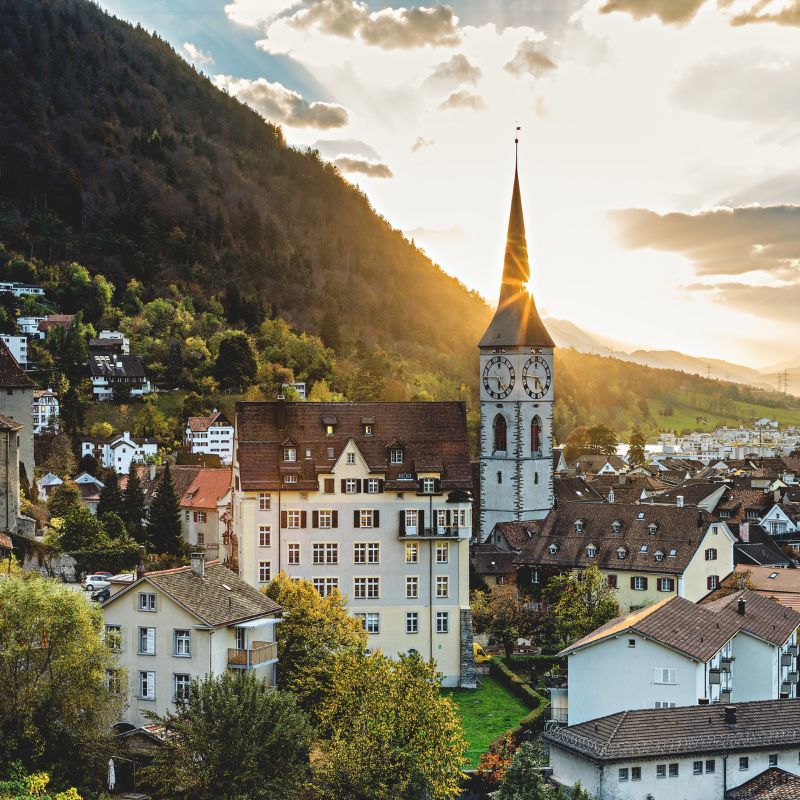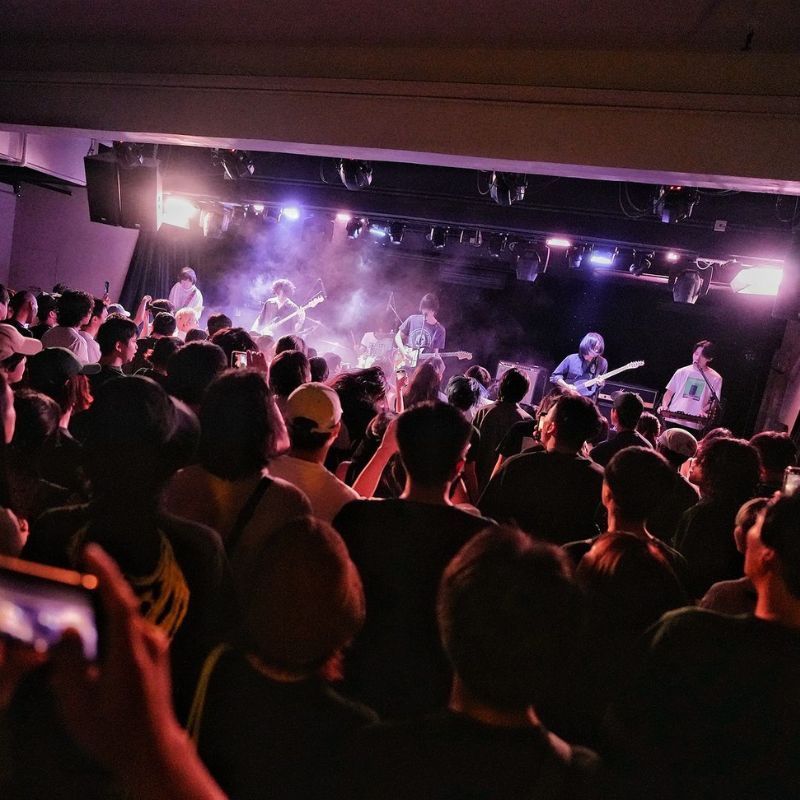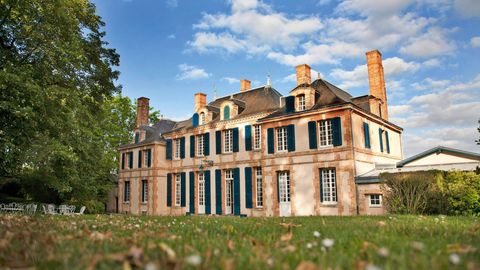
On her maiden visit to Champagne in France, Travel+Leisure India & South Asia’s editor-in-chief samples legacy labels, award-winning food, and the personalised luxury of Relais & Chateaux’s Domaine Les Crayeres.
I am in the Champagne region in France for the first time, on an invite from the newly appointed president of Relais & Chateaux, Laurent Gardinier to visit his historic property of Domaine Les Crayeres situated in the heart of Reims. It’s a chilly morning when I reach the flagship of Relais & Chateaux Hotels after a 90-minute drive from Paris’ Charles de Gaulle International Airport. The warmth is palpable when I step into the castle and get welcomed with a glass of champagne and hors d’oeuvre. That’s typical Relais & Chateaux hospitality—wherever you are, there is always a personal luxury. The next 48 hours are bound to be a gastronomic feast, I think to myself. The two-Michelin star Le Parc restaurant is situated on the ground floor, adjacent to the reception, and Le Jardin brasserie, the Michelin ‘BIB Gourmand’, is literally a stone’s throw away from the palace grounds.
A Contemporary Escape
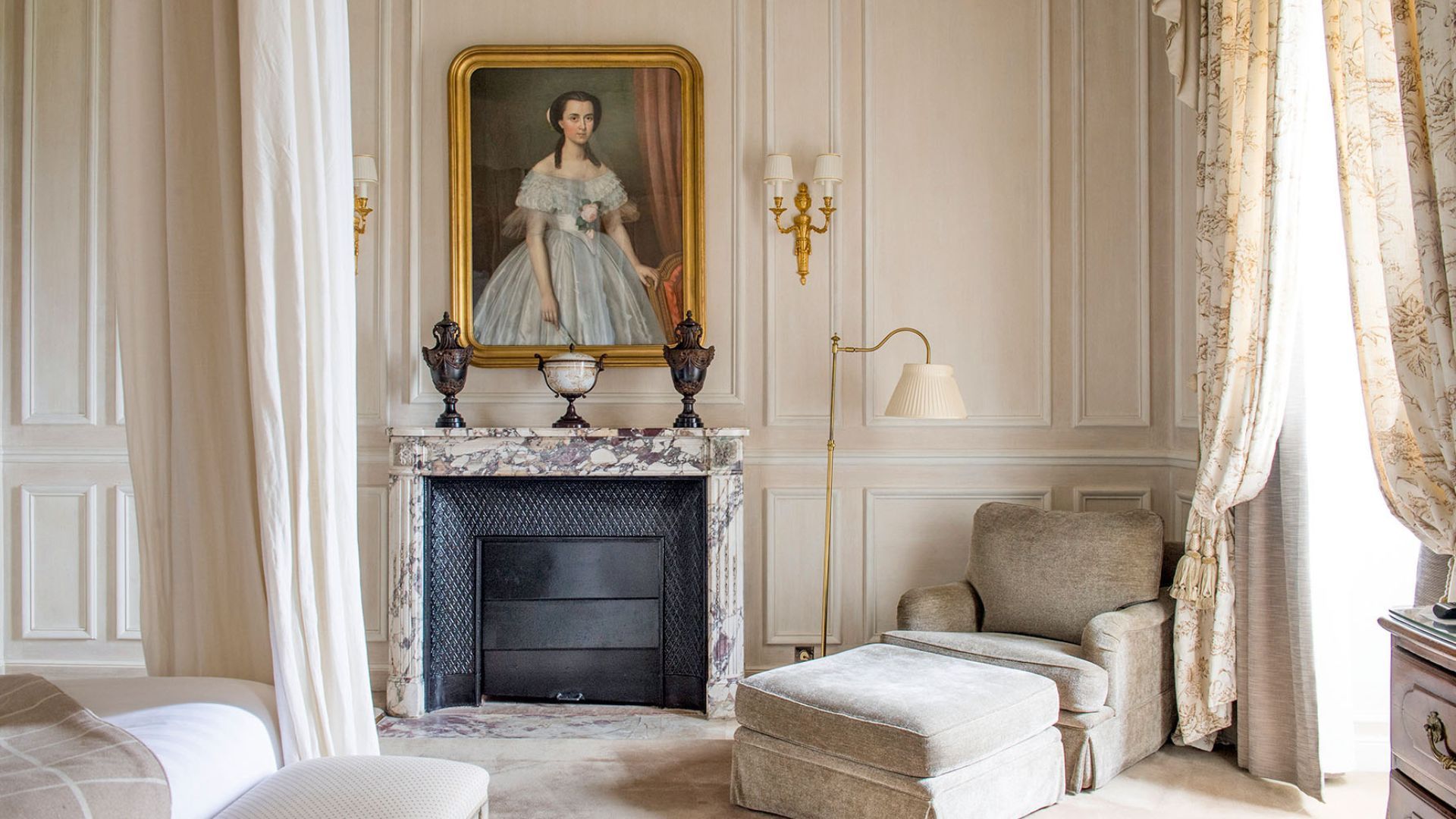
Located on Saint-Nicaise Hill, a UNESCO heritage site, the castle boasts 20 rooms, each named after European empresses, queens, and princesses. Overlooking the seven hectares of landscaped garden, my room is reminiscent of the ones in an aristocratic French chateau dating back to 1904. The room features beautiful fabric and antique furnishings but is equipped with all the modern amenities a 21st-century traveller might need. Domaine Les Crayeres opened to guests under the ownership of Gardinier brothers in 1981. The French art de vivre, however, is still intact.

For my maiden meal, I head to Le Jardin Brasserie tucked away on one side of the grounds. Between its bucolic terrace and the loft-like building, the design is contemporary with an open-style kitchen. With a freewheeling menu based on fresh products, chef Philippe Mille leaves no stone unturned to make the dishes suitable for a top-tier bistronomy destination; there is a fixed three-course menu for both lunch and dinner. Think precision cooking, fruit cups, and ‘buddy desserts’ by pastry chef Yoann Normand, paired with the best selection of wines and champagnes. When you’re at Les Crayeres, recipient of the Best Wine List of the Year in the prestigious World of Fine Wines in 2022, you ought to find a spot at La Rotonde, the 40-seating-only bar with its iconic mahogany and tartan decor–a healthy balance between a gentleman’s club and a winter garden à la française. Domaine Les Crayeres boasts three cellars and 63,000 bottles and undoubtedly is one of the best in France. Head sommelier Martin Jean brings his fresh ideas to the table like adding 250 independent wine growers to join the cellars along with the likes of Cote Rotie du Domaine Jamet and Meursault Coche-Dury.
A Cellar Of Dreams
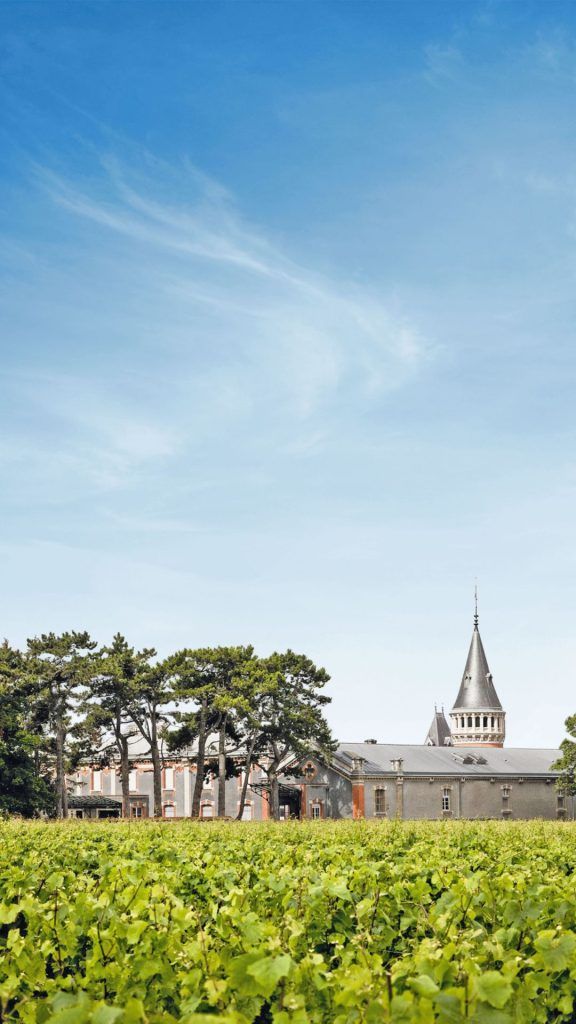
When in Champagne, it’s a given that you’re sitting in the hub of some of the best bubbly manufacturers in the world. And a trip to a cellar is inevitable. We choose Maison Pommery, once led by an exceptional woman and one of the first in the world to introduce a champagne house to visitors. Jeanne Alexandrine Pommery took over the reins of the enterprise after the death of her husband. Not only did she succeed in conquering national and international markets, but as a trailblazer, also laid down the rules of luxury product promotions in terms of style, communication, and PR.

I meet Christine Prudhomme, the guide for my Pommery cellar tour, at the Maison. “Last year was a good year [for harvest]—the harvest of the century,” she tells me. Pommery vintage comes from seven village areas in Champagne, which are all graded 100 per cent. Le Grand Foudre, the Pommery blending barrel—one of the largest in the world—catches my attention. The barrel can accommodate up to 1,00,000 bottles of champagne. And to celebrate the ties of friendship between France and America, this giant barrel was sent to be exhibited at the 1904 St. Louis World’s Fair. It was made by Emille Galle, a glass artist from that time. I walk down 116 steps to enter the salt caves, 30 metres below the ground surface, where the best of champagne is stored. Madam Pommery discovered 60 chalk pits, all connected through 18 tunnels. It is a walk I will not forget for a long time. The caves often host exhibits curated by artists from the region, and each one stays on for 12 months. I am most impressed by the œnothèque (wine shop) that showcases all the great vintages of Maison Pommery since its creation, notably the famous 1874. It turns out to be an hour-long crash course on champagne; the lesson that I make a note of is that champagne must always be in contact with the cork. Unlike wine, it’s always ready to consume.
Before dinner, I catch up with Arnaud Valary, the maître de maison, at La Rotonde. While Valary himself is from Versailles, he loves Champagne. Valary explains that there are over 8,000 vineyards in the region—over 600 labels of champagne available at the property—and if he ever gets tired of the bubbly, then Suze is his next best option. I make a mental note to pick up one before leaving France. The dinner, curated by none other than Philippe Mille, showcases his Discovery menu and is an artistic rendition with the freshest local ingredients. The starter—reminiscent of Notre Dame de Reims—with red scampi designed like stained glass, marinated with grape juice Coral waffles with Selection caviar gets me at go. The courses that follow leave me in awe—whether it’s the roasted scallops with black truffle, the veal rack and black truffle potato pickles and leeks, or the dessert spread laid out with Champagne’s leaf-to-leaf mousse and pears with Ratafia champagne. The three-hour-long French meal titillates the taste buds and is accompanied by the best of champagne and wine.
Pursuing Excellence
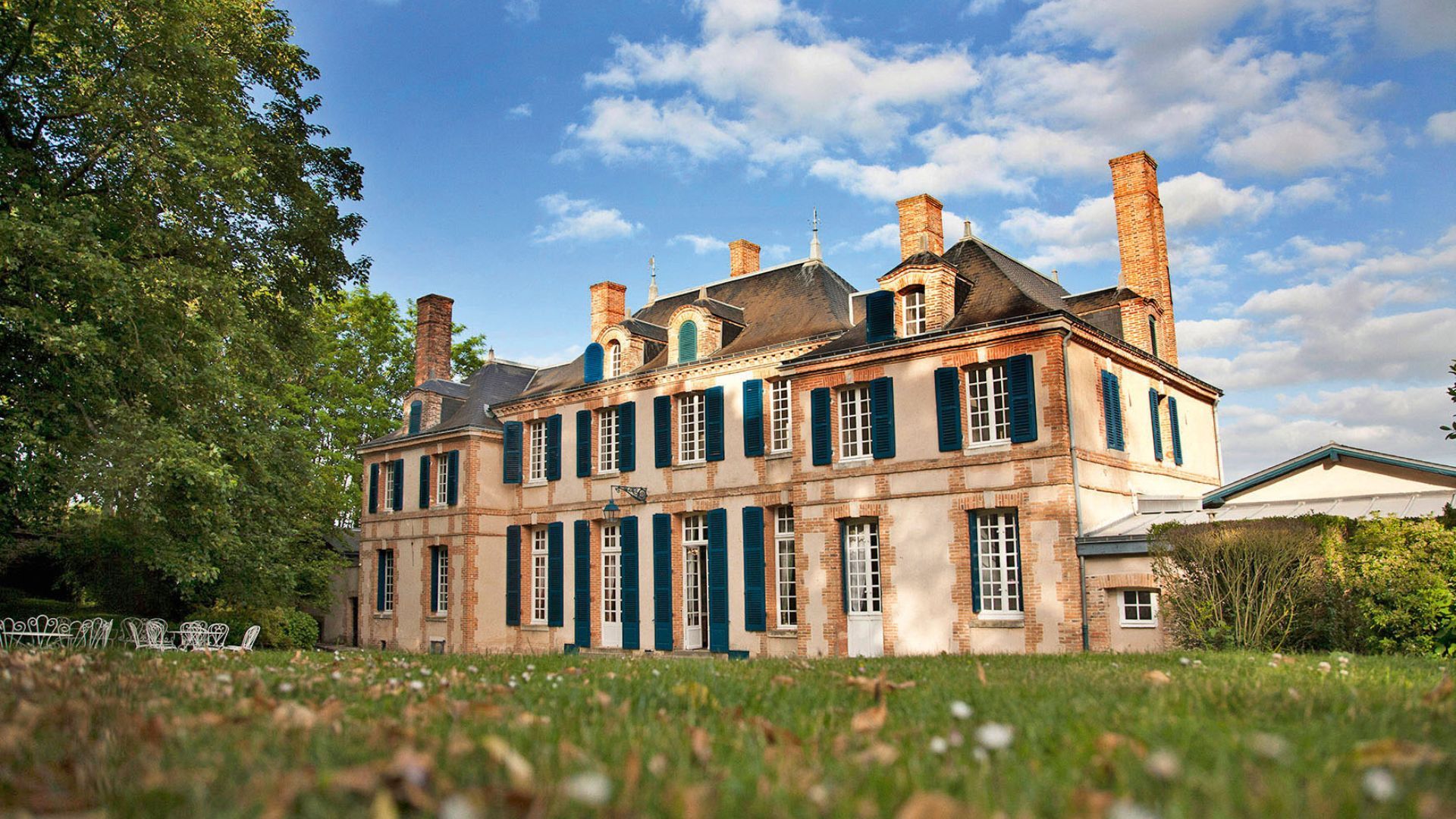
The next morning, I am all set to discover the Taittinger Champagne House, one of the oldest wine producers in the region. The Comtes de Champagne Blanc de Blancs 2012 welcomes us here. Over lunch with the president of the house, Vitalie Taittinger, and Laurent Gardinier, I am told that 2012 is considered the best year for vintage champagne by the veterans of the region. Taittinger explains why her great-grand uncle who made the pillars of the house decided to have their own vineyards. “It’s important to own the vineyards so you can control the quality of the champagne, and be careful with the environment,” she explains. “Each bottle has to go to the right place—it’s about human connection,” Taittinger adds. When can we expect a bottle of Taittinger Nocturne Rose in India, I wonder out loud. Gardinier sheds some light, “[For us at Relais & Chateaux], quality is extremely important. Luxury means excellence and authenticity. Champagne is luxury. And there is a lack of supply of [quality] champagne, as production was hit due to COVID-19.” That’s not all. The main challenge in champagne production is climate change. “We are working together to protect and research. Champagne is a limited area, so we must review the model of champagne and think about what makes sense when it comes to making champagne, and for me, it’s about the excellence of the champagne,” Taittinger succinctly puts it.

While I finish a beautiful meal at this chateau overlooking a vineyard, I realise we probably have to wait a while to uncork a Comtes de Champagne Blanc back home. But I decide to bask in the joy of this flute now; it is incomparable especially since you are at the destination of its making. Relais & Chateaux has 800 restaurants of which 350 are Michelin starred, and offers one of the largest gastronomic experiences in the world. But there is a certain je ne sais quoi when experiencing them like a local.
Related: Exclusive: Laurent Gardinier, Relais & Châteaux’s New President, On India Expansion Plans
FAQs (Frequently Asked Questions)
Answer: Air India and Finnair operate regular flights from New Delhi and Mumbai to Paris. Champagne is a 90-minute drive from Charles de Gaulle Airport in Paris.
Answer: Domaine Les Crayeres has 20 rooms and suites. The property is a few minutes’ walk from the cellars and vineryards of the Pommery and Vueve Cliquot Champagne houses. Doubles from INR 40,000.





